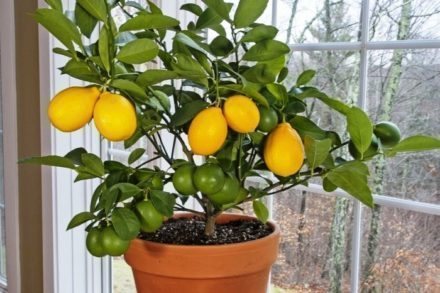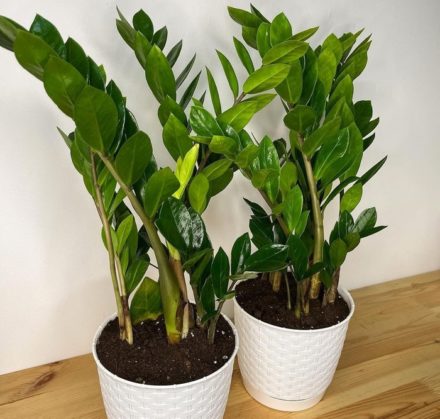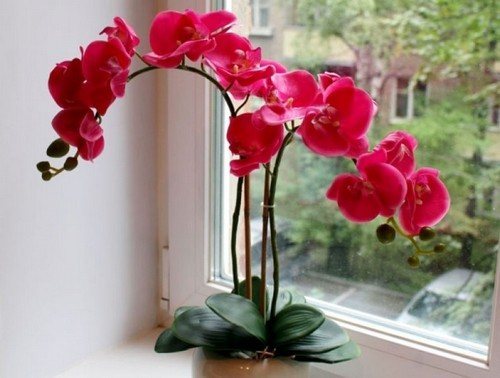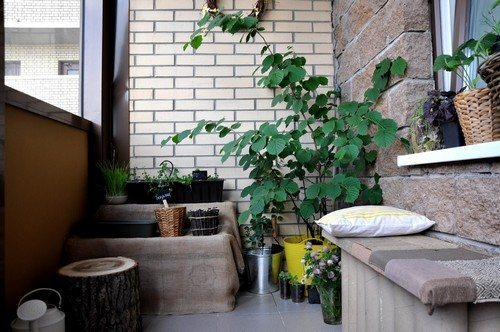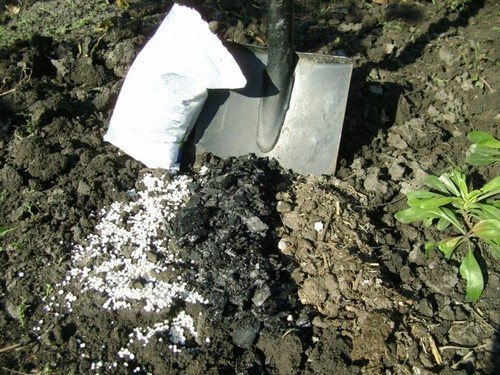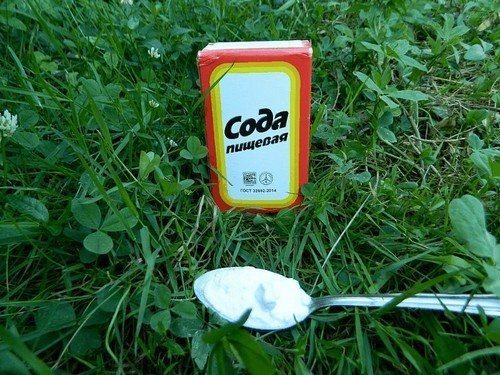Myths about man-eating plants appeared in ancient times. They say that there were witnesses who saw a giant plant eating a person. Remains of people were often found near plants that were caught eating people. People said that the monster first puts a person to sleep with an intoxicating smell, then strangles him with huge leaves and sucks out all the blood. Scientists are skeptical about such rumors and completely refute them.
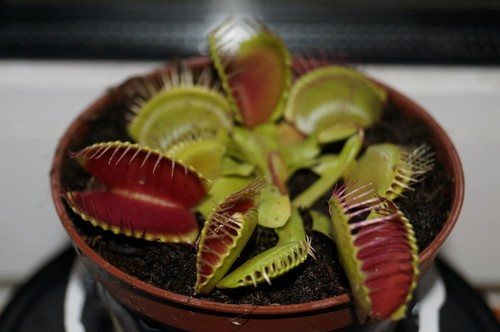
Sundew
Along the edge of the foliage there are interesting growths with a drop of sticky liquid, similar to dew. After the insect gets into the trap, the leaf starts to curl. It unwinds after about 2 days, when the victim is already digested.
Sundew prefers diffused lighting. Watering should be regular, otherwise the foliage will start to dry out. The optimal temperature in summer is +22°C, in winter - +16°C.
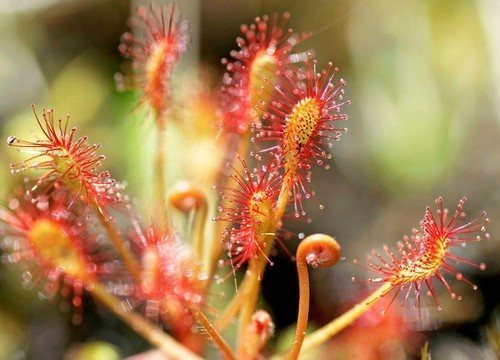
Venus flytrap
The predatory plant has special bivalve traps located along the edge of the leaf blades. The valves are slightly open, but only until the insect crawls inside the foliage. As soon as the victim gets inside, the valves slam shut and the insect can no longer get out.
For good growth, the Venus flytrap needs diffused light, direct sunlight can leave burns on the foliage. The optimal temperature in summer is +22°C, in winter no higher than +10°C. Watering should be regular. It is advisable to maintain high air humidity.
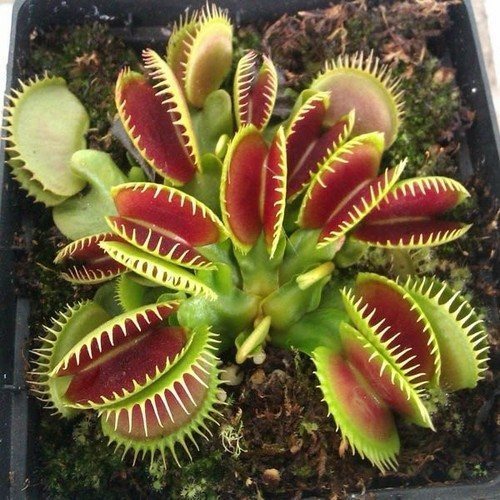
Sarracenia
In appearance, Sarracenia is 50% similar to Nepenthes. She has the same water lilies, only brighter to better attract insects. The fragrant juice attracts the victim and the insect is trapped.
Grow in bright light, at an optimal temperature of +22°C. It is recommended to always keep the soil moist. Sarracenia does not need spraying.
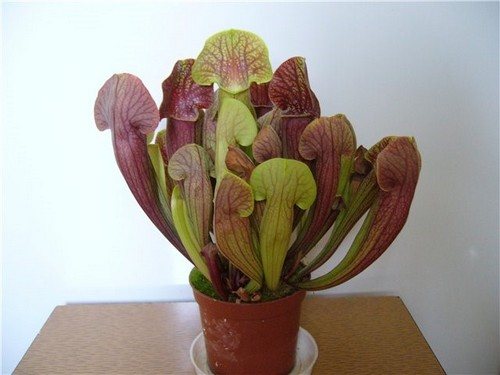
Nepenthes
The appearance of the predatory plant is quite terrifying. On the surface of the leaves there are very long traps that resemble water lilies. Inside each trap there is a small rise, the so-called landing strip, on which insects land. Nepenthes has very smooth walls, so the victim, once inside the water lily, can no longer get out. Digestion of the insect occurs due to the liquid inside.
Nepenthes needs diffused light and high humidity. It is recommended to grow in florariums. To increase air humidity, you can place sphagnum moss around the plant pot.

Zhiryanka
A carnivorous plant with a simple device for catching insects. In butterwort, the surface of the fleshy leaf plates is covered with a sticky layer. The victim simply sticks to him. The plant copes with small insects easily, but if a large insect comes across and begins to resist, tirelessly floundering and trying to break free, the butterwort curls its leaves and the victim has nowhere to go.
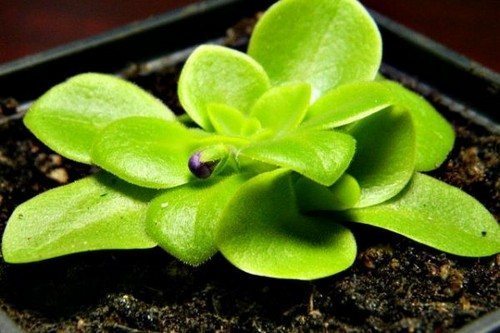
Carnivorous plants obtain nutrients from the simplest arthropods that fall into their trap. They get their energy from nutrients found in the soil.Exotic plants are not very common among gardeners, although tropical “cannibals” are very interesting to watch; it seems as if some living creature is living with you.


